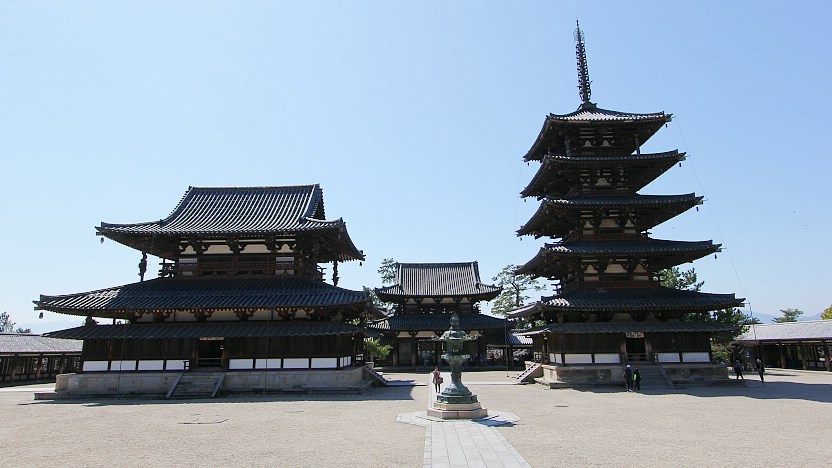mchec.org – Horyu-ji Temple, located in Ikaruga, Nara Prefecture, is one of Japan’s most revered and historically significant temples. As one of the oldest wooden structures in the world, it stands as a testament to Japan’s rich cultural and religious history. This article explores the history, architecture, and cultural significance of Horyu-ji Temple, offering insights into its enduring legacy.
A Historical Overview
Horyu-ji Temple was founded in the early 7th century by Prince Shotoku, a pivotal figure in the introduction of Buddhism to Japan. The temple was built to enshrine a sacred image of the Buddha as a prayer for the recovery of Prince Shotoku’s father, Emperor Yomei. Over the centuries, Horyu-ji has played a crucial role in the spread of Buddhism in Japan and has been a center of learning and spiritual practice.
Architectural Marvel
Horyu-ji Temple is renowned for its exceptional architecture, with structures that have stood the test of time for over 1,300 years. The temple complex is divided into two main areas: the Sai-in (Western Precinct) and the To-in (Eastern Precinct). The most iconic structure is the five-story pagoda in the Sai-in area, which is considered one of the oldest surviving wooden buildings in the world. The pagoda’s elegant design and intricate wooden joinery showcase the craftsmanship and architectural genius of ancient Japan.
The Kondo, or Golden Hall, is another significant structure within the temple complex. It houses several important Buddhist statues and relics, including the famous Shaka Triad, a masterpiece of early Japanese Buddhist art. The Kondo’s interior is adorned with murals that depict scenes from Buddhist scriptures, offering a glimpse into the spiritual and artistic heritage of the Asuka period.
Cultural and Spiritual Significance
Horyu-ji Temple is not only an architectural wonder but also a symbol of Japan’s deep-rooted Buddhist traditions. It was designated as a UNESCO World Heritage Site in 1993, recognizing its outstanding universal value and contribution to world heritage. The temple continues to be a place of pilgrimage and spiritual reflection, attracting visitors from around the world who come to admire its historical and artistic treasures.
The temple complex is also home to a wealth of cultural artifacts, including ancient manuscripts, sculptures, and paintings. These artifacts provide valuable insights into the religious and cultural practices of early Japan, making Horyu-ji an essential destination for historians and art enthusiasts alike.
Visiting Horyu-ji Temple
Visitors to Horyu-ji Temple can explore its serene grounds and marvel at its ancient architecture. The temple is easily accessible from Nara city and offers a peaceful retreat from the hustle and bustle of modern life. As you wander through the temple precincts, take a moment to appreciate the harmony between nature and architecture that defines this historic site.
Conclusion
Horyu-ji Temple is a timeless jewel of Japan’s Buddhist heritage, offering a unique window into the country’s ancient past. Its enduring structures and cultural treasures stand as a testament to the spiritual and artistic achievements of early Japan. Whether you are a history buff, an architecture enthusiast, or a spiritual seeker, a visit to Horyu-ji Temple promises a profound and enriching experience.

